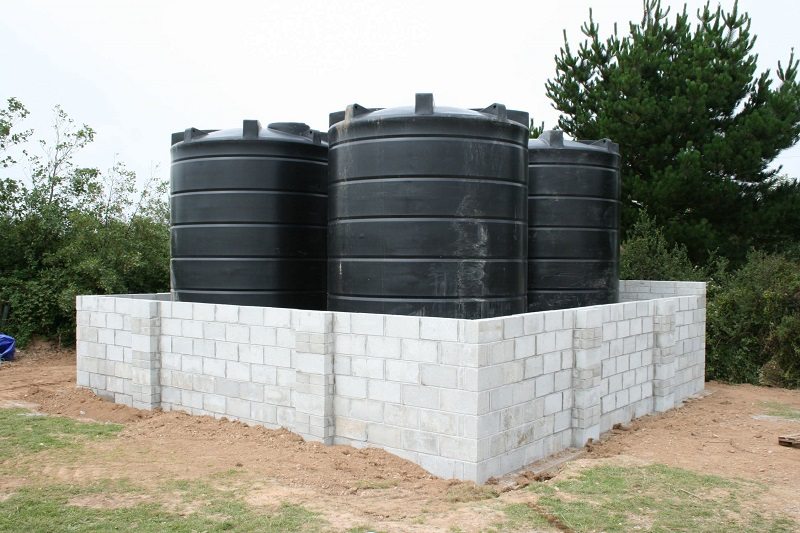By Dennis Ayemba
Water supply flow rates never exactly match water usage rates. During periods of excess inflow, storage of water is necessary for use during peak demand times or for emergencies such as fires. Every city and town in history has needed a ready source of water and a means to store this water for future use.
Consumer needs both big and small
Different consumers have different needs for stored water. Therefore, a consumer chooses a certain storage facility size depending on the need. The main reason for this difference is the outside use of water for gardening, swimming pools, and use in hot arid climates; by comparison to indoor use for toilets, baths and showers, clothes washing, cooking, dishwashing, and drinking.
Also read:Innovative application in Kenya to reduce water wastage
Moreover, not every water storage operation has to include a massive tank and distribution system servicing an entire town. Businesses and individual residences especially those in rural areas can take advantage of water storage systems measured to their needs.
Operational requirements and health standards
Generally, all water storage systems regardless of the size need to be resistant to weather and temperature variations, must possess mechanisms to minimize the formation of algae and thereby reduce chlorine treatment costs, have to be stable structurally and resistant to wind and seismic loads; and have to stand on their own without the support of structures such as exterior columns and reinforcements.
They must also be able to screen out impurities like debris and disease vectors, provide an architectural appearance that is aesthetically-pleasing; and the lining should have coatings that reduce maintenance costs including the need to paint. In the case of steel and concrete tanks used for potable water storage, their lining need to meet standards certain standards in as much as they are unique; they also have to maintain good bonding strength and staying power.
Also read:Rwanda needs three years to address water shortage problem
Water Storage structures and fittings
The most common means of storing water for domestic urban, suburban, and township use are water towers. These are elevated structures that support a water tank at a sufficient height to allow for an elevation head whose resultant pressure allows for the efficient distribution of water through its system of water supply pipes.
Such a system is immune to electrical power outages hence the reliance of gravity to provide water flow is quite efficient. Water distribution and all other water operations can therefore continue even if there is a power outage. No pumps are required, except when refilling the tank’s reservoir.
The water tower’s reservoir is usually sized to be sufficient for most emergency and peak use conditions. This provides a sure capacity for the water supply system as the level in the tower falls with use during a typical operating day and is pumped full again during the night.
Often unseen are the internal fixtures and piping that make up the heart of the tank’s distribution mechanism. The fixtures can be mostly specialized and even customized, to be used in a particular tower. It can be a challenge in terms of engineering and manufacturing to provide the fittings and assemblies that meet the operation requirements for these systems.
Reservoirs, ponds, and liners
Structures that are aboveground, such as towers and standpipes, are usually augmented by aboveground or below ground service reservoirs. Uncommon, but considerably larger than water towers are man-made impoundments such as reservoirs that are lakes and ponds specifically created for water storage. These facilities are typically formed by earthwork structures like berms and dams.
Construction of a dam at the low end of a river valley creates an impoundment behind the dam which serves as a water storage reservoir. Apart from impoundments, reservoirs can be created through the excavation of ponds below grade, bankside reservoirs constructed to store water siphoned from an adjacent river, and underground reservoirs utilizing natural caverns or man-made caves. Service reservoirs hold completely treated potable water.
Nevertheless, large-scale water storage facilities can be built to look like natural ponds and lakes. These types of reservoirs need impermeable liners to prevent water losses from leaks through the bottom. Reservoirs need to be lined to prevent loss of water via leakage through the bottom or its embankment sides. Conventionally, this liner is made of puddled clay or rolled clay. Most modern reservoirs utilize impermeable geomembrane liners constructed of welded sheets of high-density polyethylene (HDPE), polyvinyl chloride (PVC), and reinforced polyethylene (RPE).


